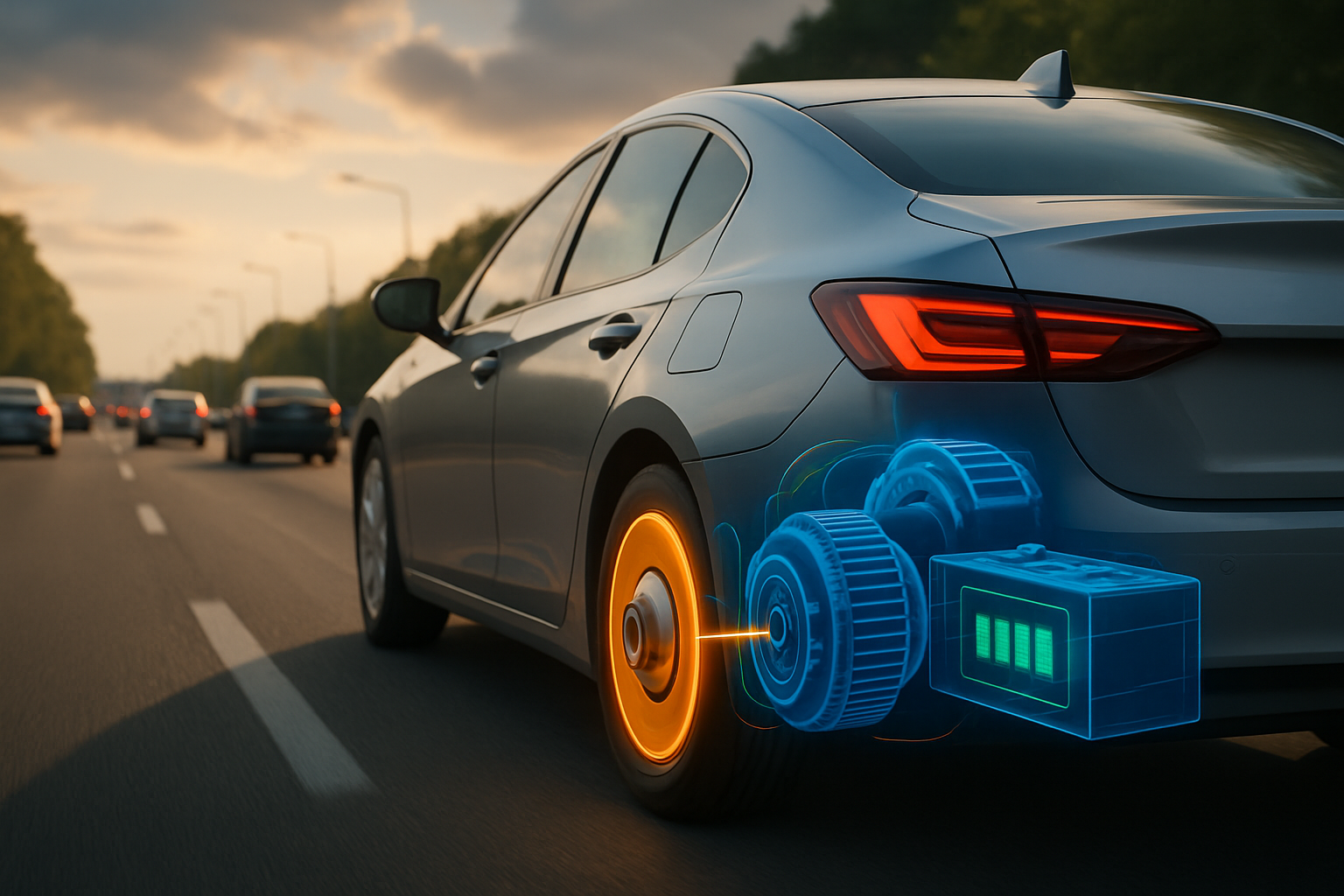Hydrogen Fuel Cell Vehicles: The Quiet Revolution in Automotive Sustainability
In the quest for sustainable transportation, hydrogen fuel cell vehicles are emerging as a promising alternative to traditional combustion engines. This groundbreaking technology harnesses the power of hydrogen to produce electricity, offering zero-emission driving with the convenience of quick refueling. As automakers and governments alike invest heavily in this innovative solution, we dive deep into the world of hydrogen fuel cell vehicles, exploring their potential to reshape the automotive landscape and drive us towards a cleaner, greener future.

The Science Behind the Cell
At the heart of every hydrogen fuel cell vehicle lies a complex yet elegant system. The fuel cell stack consists of multiple cells, each containing an anode, cathode, and electrolyte membrane. Hydrogen gas enters the anode side, where it’s split into protons and electrons. The protons pass through the electrolyte membrane to the cathode, while electrons are forced through an external circuit, generating electricity to power the vehicle’s electric motor. At the cathode, oxygen from the air combines with the protons and electrons, producing water as the only byproduct.
Infrastructure Challenges and Solutions
One of the main hurdles facing widespread adoption of hydrogen fuel cell vehicles is the lack of refueling infrastructure. Unlike electric charging stations, which can be installed relatively easily, hydrogen fueling stations require significant investment and specialized equipment. However, several countries, including Japan, Germany, and South Korea, are making substantial progress in building hydrogen refueling networks. In California, a growing number of hydrogen stations are paving the way for increased FCV adoption in the United States.
Environmental Impact and Sustainability
While hydrogen fuel cell vehicles produce zero emissions during operation, the environmental impact of hydrogen production must be considered. Currently, most hydrogen is produced through steam methane reforming, which releases carbon dioxide as a byproduct. However, the industry is rapidly moving towards greener production methods, such as electrolysis powered by renewable energy sources. This “green hydrogen” holds the potential to make FCVs a truly sustainable transportation solution, from well to wheel.
The Road Ahead: Challenges and Opportunities
As with any emerging technology, hydrogen fuel cell vehicles face several challenges on the path to widespread adoption. High production costs, limited model availability, and the need for extensive infrastructure development are significant hurdles. However, ongoing research and development are driving down costs and improving efficiency. Collaborations between automakers, energy companies, and governments are accelerating progress, with several major car manufacturers committed to expanding their FCV offerings in the coming years.
The Role of Policy and Incentives
Government support plays a crucial role in the advancement of hydrogen fuel cell technology. Countries like Japan and South Korea have implemented ambitious strategies to promote FCVs and develop hydrogen infrastructure. In Europe, the European Union’s hydrogen strategy aims to make green hydrogen a key component of its energy transition. Incentives for FCV purchases, investment in refueling stations, and support for research and development are essential tools in driving adoption and overcoming market barriers.
Beyond Passenger Vehicles: Industrial Applications
The potential of hydrogen fuel cell technology extends far beyond personal transportation. Heavy-duty vehicles, such as buses and trucks, are prime candidates for fuel cell adoption due to their long-range requirements and centralized refueling needs. Additionally, hydrogen fuel cells are being explored for use in trains, ships, and even aircraft, offering a path to decarbonize sectors that are difficult to electrify with battery technology alone.
Consumer Experience and Performance
For drivers, hydrogen fuel cell vehicles offer a familiar and comfortable experience. With quick refueling times comparable to conventional gasoline vehicles and ranges often exceeding 300 miles, FCVs address many of the concerns associated with battery electric vehicles. The smooth, quiet operation and instant torque delivery provide a refined driving experience, while the only emission – water vapor – contributes to cleaner urban air quality.
The Future of Mobility: A Hydrogen Highway?
As we look to the future of transportation, hydrogen fuel cell vehicles represent a compelling vision of sustainable mobility. While challenges remain, the rapid pace of technological advancement and growing global commitment to reducing carbon emissions suggest that FCVs could play a significant role in our automotive future. The synergy between hydrogen fuel cells and renewable energy sources offers the tantalizing prospect of a truly clean and sustainable transportation ecosystem.
In conclusion, hydrogen fuel cell vehicles stand at the forefront of automotive innovation, promising a future where high-performance, long-range vehicles can coexist with environmental sustainability. As technology advances and infrastructure expands, we may soon find ourselves cruising down hydrogen highways, leaving nothing but clean water in our wake. The quiet revolution of hydrogen fuel cell vehicles is gaining momentum, ready to reshape our roads and our relationship with personal transportation.





